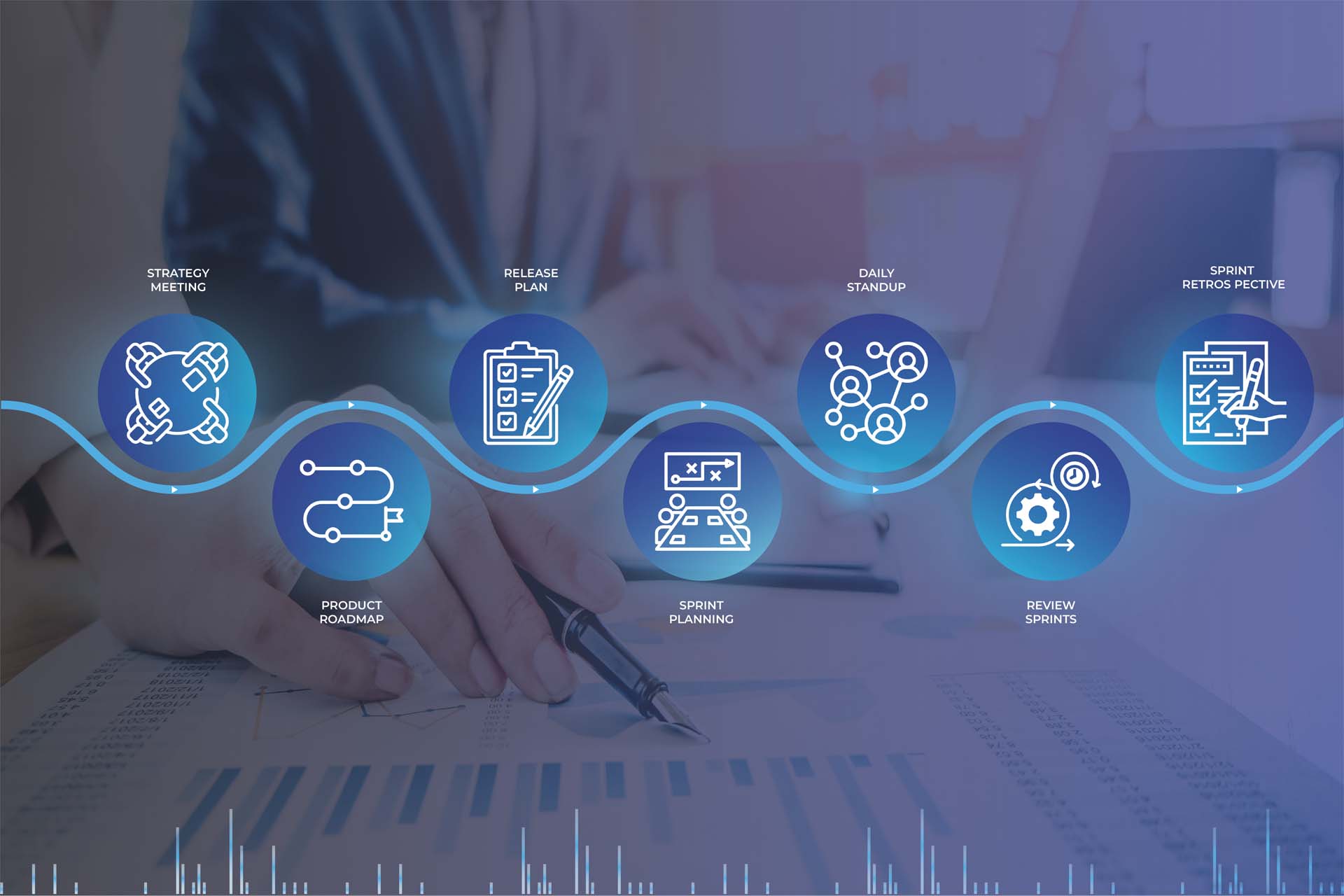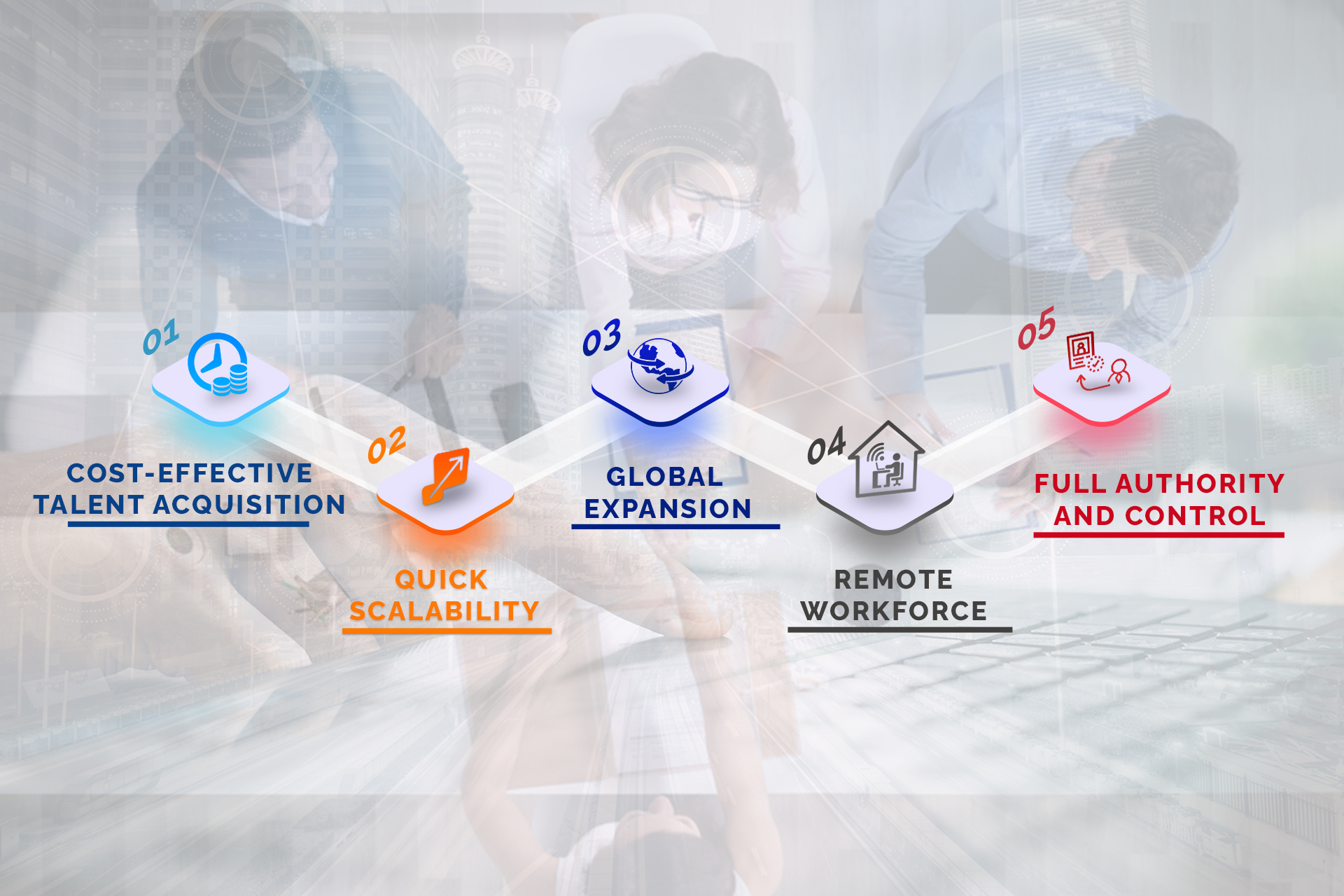The Power of Micro Services for Software Development
By Admin
In the dynamic world of software development, the architecture of applications plays a crucial role in determining their success and adaptability. Micro services, an architectural style that structures an application as a collection of loosely coupled services, has emerged as a game-changer.
Unlike traditional monolithic architectures, where all processes are tightly interwoven in a single unit, micro services divide these functions into separate, independent units. This approach not only boosts performance but also enhances the overall development process.
Characteristics of Micro services:
- Autonomy: Each micro service is self-contained and operates independently. This means changes to one service can be made without impacting others.
- Specialisation: Micro services are developed around a specific business capability, ensuring that each service is focused and optimised for its intended purpose.
- Scalability: Individual components can be scaled independently, allocating more resources to high-demand services without affecting the whole system.
- Resilience: The decentralised nature of micro services enhances the overall resilience of the application. If one service fails, it does not bring down the entire application.
Examples of Services in a Micro services Architecture:
- User Authentication Service: Manages user authentication and authorisation, central to maintaining application security and access control.
- Payment Processing Service: Handles all aspects of payment transactions, including invoicing and financial record keeping.
- Notification Service: Sends notifications to users and handles communication channels like email, SMS, or push notifications.
- Order Management Service: Oversees order processing, tracking, and fulfilment in e-commerce or retail applications.
- Inventory Service: Manages inventory levels stock updates and integrates with suppliers for e-commerce or retail applications.
- Reporting Service: Generates reports and analytics, providing insights into various aspects of the business, like sales, user behaviour, or system performance.
- Customer Support Service: Handles customer queries, feedback, and support ticket management.
By breaking down an application into these more minor, focused services, micro services architecture allows for greater agility, scalability, and ease of maintenance. It's particularly effective in today's dynamic business environment, where speed, efficiency, and adaptability are essential.
Key Advantages of Micro services
- Scalability: One of the most significant advantages of micro services is scalability. Since each micro service can be deployed independently, scaling specific functions of an application without affecting the entire system becomes feasible. This is particularly beneficial for businesses that experience varying loads on different application components.
- Flexibility and Speed: Micro services allow for faster development cycles and continuous delivery. As each service is smaller and independently deployable, updates and improvements can be made rapidly and with minimal impact on the entire application.
- Technology Diversity: This architecture supports a heterogeneous technology stack, allowing different services to be written in various programming languages, use different data storage technologies, and more. It provides the freedom to pick the best tool for each specific job.
Real-World Applications of Micro services
Many industries have witnessed a transformation through the adoption of micro services. For instance, an e-commercothersght use separate micro services for user interfaces, product catalogues, and order processing, allowing each to evolve without disrupting the others.
In banking, micro services facilitate offering new digital services to customers quickly and efficiently. Our experience at MSBC Group with clients across various sectors, from retail to healthcare, has demonstrated the versatile benefits of this approach.
Overcoming Challenges with Micro services
While the benefits are substantial, micro services are not without challenges. Managing a distributed system, ensuring data consistency, and handling inter-service communication requires a well-thought-out strategy. Utilising containerisation technologies like Docker and Kubernetes can address these issues by simplifying deployment and management. At MSBC Group, we've developed best practices for these challenges, ensuring seamless and efficient micro services implementation.
At MSBC Group, we've embraced micro services architecture to deliver scalable, flexible, and efficient software solutions to our clients. Our approach is client-centric, tailoring each micro service to fit the specific needs of a project. We've seen remarkable success in projects where micro services facilitated rapid feature deployment and scalability, particularly in sectors where market demands constantly evolve.
The Future of Micro services in Software Development
Looking ahead, integrating micro services with cloud-native technologies and server less architectures is an exciting development. This evolution will likely further streamline deployment and scalability, enabling more efficient application development. We predict that micro services will continue to be vital in the software development toolkit, offering unparalleled flexibility and efficiency in building complex applications.
Micro services architecture is more than just a trend; it's a response to modern applications' growing complexity and scalability needs. By breaking down applications into smaller, manageable pieces, micro services offer a flexible and efficient way of building software that can quickly adapt to changing needs. At MSBC Group, we are at the forefront of implementing this powerful approach, ensuring our clients receive state-of-the-art software solutions.
Are you looking to leverage the power of micro services for your software development needs? Contact us today to discover how our software development solutions can transform your digital landscape.
Insights into
our World
A view of the ever-evolving digital world through our screens




















































































































